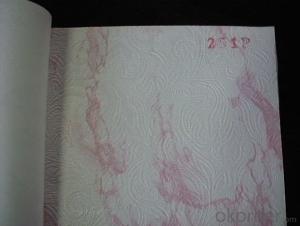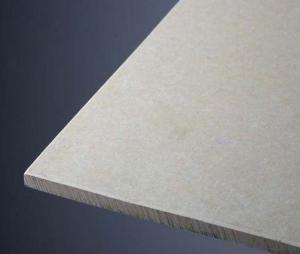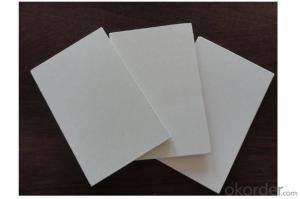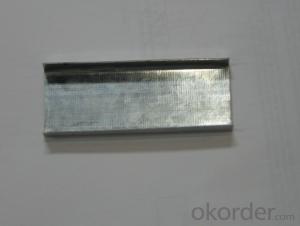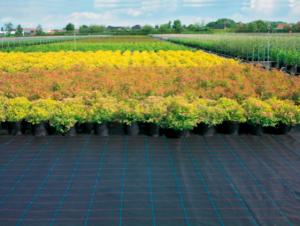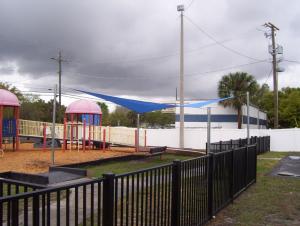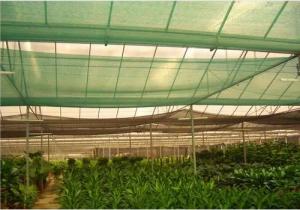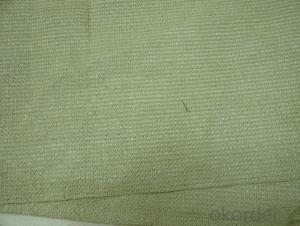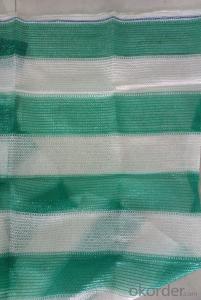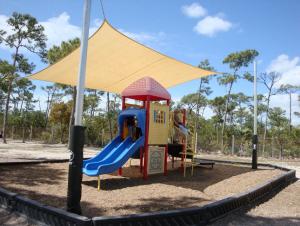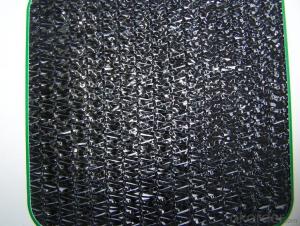Awnings For Homes Retractable
Awnings For Homes Retractable Related Searches
Best Paint For Stainless Steel Blanket Insulation For Steel Buildings Primer For Galvanized Steel Foam Filter For Stainless Steel H S Code For Stainless Steel Surface Grinding Wheels For Stainless Steel Surface Grinding Wheels For Hardened Steel Hole Saw For Stainless Steel Paint For Stainless Steel Stainless Steel For BbqHot Searches
Steel Mesh Panels For Sale Price For Stainless Steel Scrap Scrap Price For Stainless Steel Price For Stainless Steel Stainless Steel Plate For Sale Stainless Steel Tank For Sale Stainless Steel Sheets For Sale Cheap High Tea Sets For Sale Stainless Steel Tanks For Sale Stainless Steel For Sale High Density Fiberboard For Sale Solar Hot Water Collectors For Sale Scaffolding For Sale In Uae Scaffolding For Sale In Ireland Scaffolding For Sale In Houston Type Of Inverter For Solar Price Of Shipping Containers For Sale Types Of Inverter For Solar Stock Price For Aluminum Steel Mesh Panels For SaleAwnings For Homes Retractable Supplier & Manufacturer from China
Okorder.com is a professional Awnings For Homes Retractable supplier & manufacturer, offers integrated one-stop services including real-time quoting and online cargo tracking. We are funded by CNBM Group, a Fortune 500 enterprise and the largest Awnings For Homes Retractable firm in China.Hot Products
FAQ
- Plastic nets are commonly used for various purposes such as packaging, agriculture, construction, gardening, and even in the fishing industry.
- Plastic nets are generally lighter, more flexible, and corrosion-resistant compared to metal nets. However, metal nets tend to be stronger, more durable, and provide better protection against sharp objects. The choice between plastic and metal nets depends on the specific application and required attributes.
- Plastic nets can significantly impact wildlife habitats in several ways. Firstly, they can entangle and trap animals, leading to injury or death. Marine animals such as dolphins, turtles, and seabirds often mistake the nets for food or get caught in them while swimming, causing suffocation or drowning. Additionally, the presence of plastic nets can alter the natural behavior and movement patterns of animals, disrupting their feeding and breeding habits. These nets can also damage or destroy important habitats, such as coral reefs or kelp forests, which are crucial for many marine species. Overall, plastic nets pose a serious threat to wildlife, contributing to the decline of various species and disrupting the balance of ecosystems.
- Yes, plastic nets can be used for creating drying racks. They are lightweight, durable, and have enough space between the netting to allow air circulation, which is essential for drying items effectively.
- Yes, plastic nets are commonly used in the textile manufacturing process for various purposes such as filtering, separating, and supporting fabrics during production.
- Plastic nets negatively impact the environment in several ways. Firstly, they contribute to the problem of plastic pollution, as they are often discarded or lost at sea. These nets can entangle and suffocate marine animals, leading to injury or death. Additionally, the breakdown of plastic nets releases microplastics into the water, which can be ingested by marine life and potentially enter the food chain. Plastic nets also pose a threat to coral reefs and other sensitive marine ecosystems, as they can smother and damage these habitats. Overall, plastic nets have significant detrimental effects on the environment and marine biodiversity.
- Yes, plastic nets can be used for erosion control on slopes. These nets are designed to stabilize soil and prevent erosion by trapping sediment and promoting vegetation growth. They are commonly used in various erosion control applications, including slopes, to provide immediate protection and long-term stabilization.

















